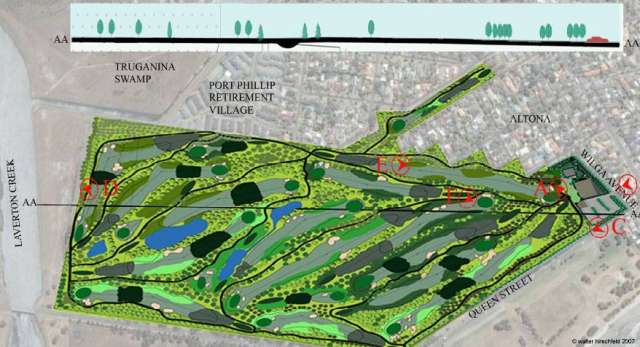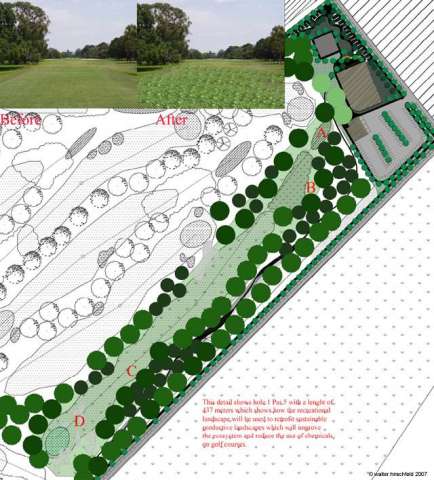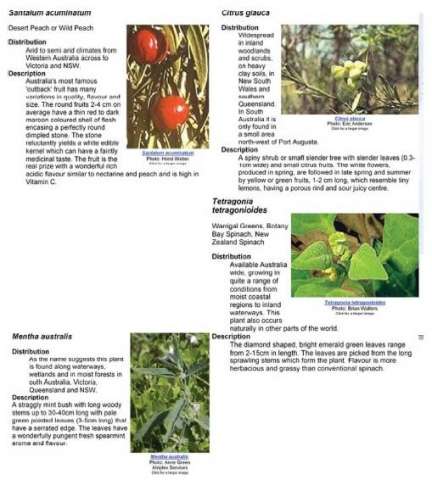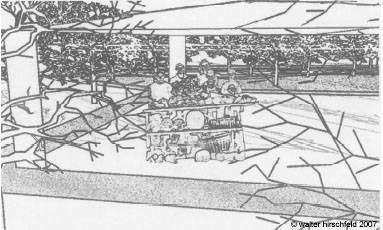Productive Recreational Landscapes: using the golf course for food
Sharing golf courses for urban food production.
With a predicted increase in population and a scarcity of resources such as water in Melbourne in 2032, areas such as golf courses could be considered environmental burdens and come under pressure for redevelopment. Local communities might be able to share some of the environmental burdens such as supplying the golf course with recycled water. How might the golf course support the local community in return?
Productive Landscapes investigates how a golf course could be used for golfing – recreation – whilst also becoming community gardens – productive and sustainable assets valued by the entire community.
Initially the 110-space car park is transformed into a grove of indigenous fruit trees and an local environmental educational center. Currently plants on the course need to be maintained with excess water and fertilizers; in the proposal these plants are replaced with more locally indigenous drought tolerant species. Sustainability is increased through these measures and further improved through the creation of food gardens, orchards and a local ecological and wildlife corridor. The hardy indigenous plantings also provide new challenges for golfers. The development incorporates water-sensitive design and includes small catchment areas to store excess rainfall on-site.
The proposal draws on the productive history of golfing, an activity developed by shepherds whilst looking after their sheep, and the local history of the site which was initially created by local community volunteers as a local recreational area. This public / private partnership could continue, with the community and local council supporting the transformation by converting one of the nearby streets into a practice hole and maintaining the productive land throughout the gold course.
Certain days of the week would be allocated to the community for gardening; on others it is available to golfers. Land outside of the ball-zone would be used by the community at all times. Many of the gardeners would be residents from the retirement village which backs onto the course. Food from the course could be used by the on-site restaurant and for locally-produced gourmet bush-food products such as jams and spices.
Designer
Walter Hirschfeld
Domain
Landscape Architecture
Studio
Studio Leaders
Dr Sidh Sintusingha









